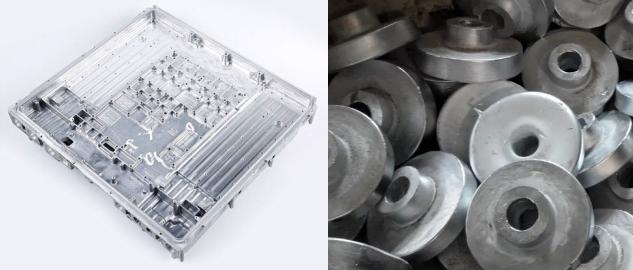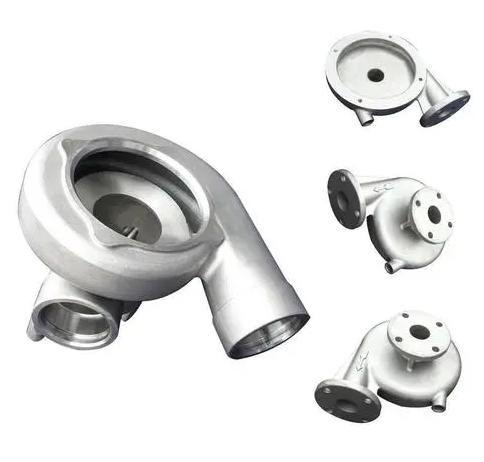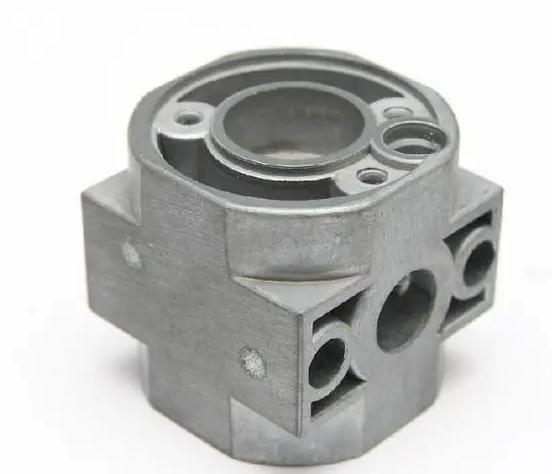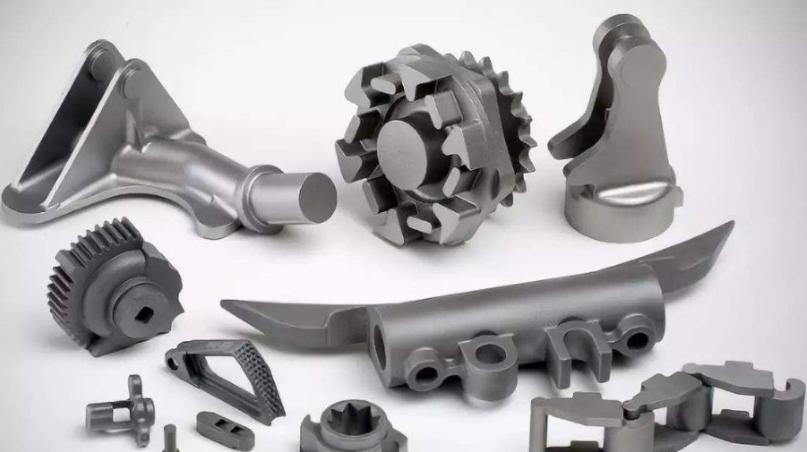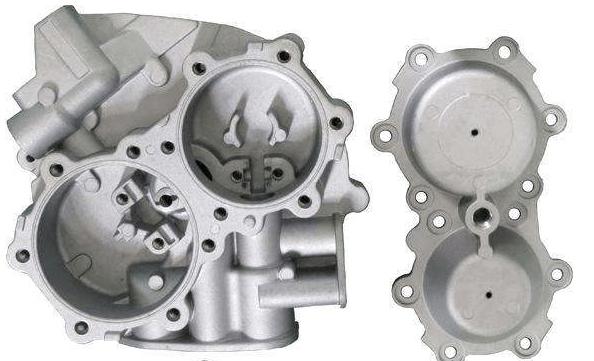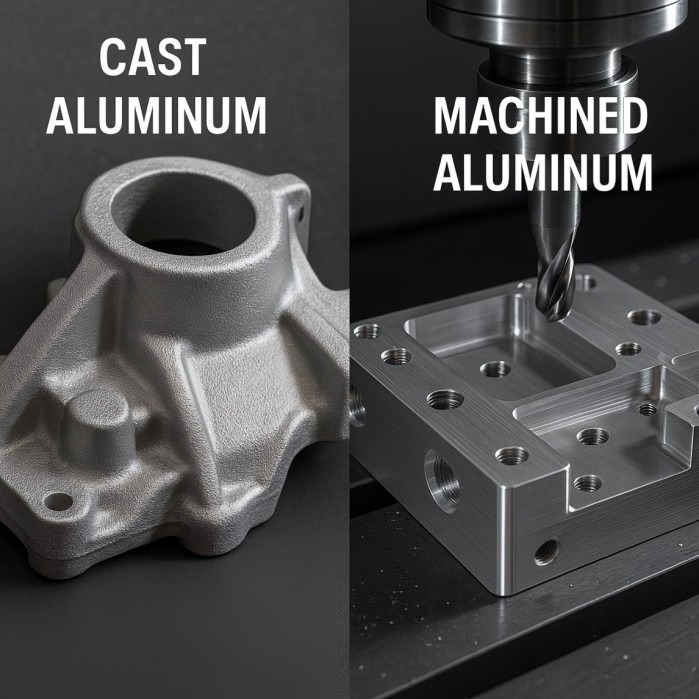Die casting is a widely used metalworking process for producing high-volume, complex, and near-net-shape parts. However, there are two main variations of this process: hot chamber and cold chamber. Choosing the right process is crucial for optimizing production efficiency, cost-effectiveness, and the quality of the final product. This article explores the features, differences, and selection criteria for hot and cold chamber die casting to help you make an informed decision.

Why Compare Hot and Cold Chamber Die Casting?
Die casting involves injecting molten metal into a mold cavity where it solidifies to form a part. It is widely used in various industries due to its ability to produce high-volume, high-precision components with excellent surface finishes.
Understanding the differences between hot and cold chamber die casting is essential because each method is suited to specific types of materials and applications. This comparison helps manufacturers select the appropriate process based on their specific requirements, including material properties, production speed, and cost considerations. Choosing the right method impacts product quality, production efficiency, and overall manufacturing costs.
Features of Hot and Cold Chamber Die Casting
When deciding between hot and cold chamber die casting, it’s essential to understand the distinct features of each process. These features influence not only the types of materials that can be used but also the efficiency, cost, and suitability for various applications. Here are the details:
Hot Chamber Die Casting Process
- Process Description:
Hot chamber die casting is characterized by its integrated melting pot within the casting machine. The molten metal is housed directly within the machine, usually in a crucible or melting pot. The injection mechanism is submerged directly into this pool of molten metal. This setup allows for a streamlined and rapid injection cycle, as the metal does not need to be transferred from an external furnace.
- Materials Used:
Hot chamber die casting is primarily used for low melting point alloys such as zinc, magnesium, and certain lead-based alloys. These materials can be injected quickly due to their lower melting points, resulting in faster cycle times compared to cold chamber die casting.
- Advantages:
- Faster cycle times: The integrated melting pot and direct injection mechanism allow for rapid metal injection, resulting in shorter cycle times.
- Ideal for high-volume production: The efficiency of the hot chamber process makes it well-suited for high-volume manufacturing.
- Reduced porosity and better surface finishes: The quick injection of molten metal can result in parts with reduced porosity and superior surface finishes, making it suitable for applications where aesthetics or surface quality are important.
- Disadvantages:
- Limited to low melting point alloys: Hot chamber die casting is restricted to materials with low melting points due to the direct exposure of the injection mechanism to molten metal.
- Potential maintenance costs: The exposure of the injection system to molten metal may lead to corrosion and wear over time, necessitating maintenance and potentially increasing operational costs.
- Limited strength and temperature resistance: Low melting point alloys may not be suitable for applications requiring higher strength or temperature resistance.
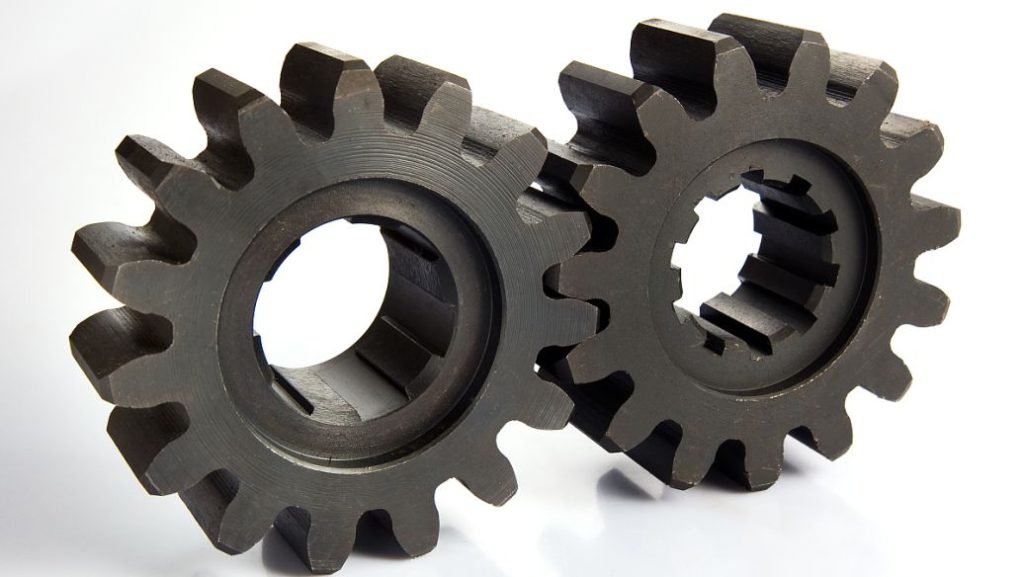
Cold Chamber Die Casting Process
- Process Description:
Cold chamber die casting involves a more intricate process where the molten metal is poured into a separate chamber or shot sleeve before being injected into the mold cavity. Unlike hot chamber die casting, the injection mechanism remains outside of the molten metal, reducing exposure to high temperatures and potential corrosion.
- Materials Used:
Cold chamber die casting is well-suited for high melting point alloys such as aluminum, copper, and certain aluminum-magnesium alloys. These materials require higher injection temperatures and longer cycle times compared to low melting point alloys.
- Advantages:
- Capable of handling high melting point alloys: Cold chamber die casting can accommodate materials with higher melting points, expanding its applicability to a broader range of applications.
- Suitable for larger and more complex parts: The process can produce larger and more intricate parts, making it suitable for a variety of industries, including automotive and aerospace.
- Potential cost savings: While cold chamber die casting may have higher initial setup costs, it can be more cost-effective for high melting point materials due to lower maintenance costs and potential for longer tool life.
- Disadvantages:
- Longer cycle times: The additional step of transferring molten metal from the furnace to the shot sleeve results in longer cycle times compared to hot chamber die casting.
- Higher operational complexity: The process of cold chamber die casting may require more sophisticated equipment and operational control due to the handling of higher temperature materials and the additional steps involved.
- Potential for increased porosity: Cold chamber die casting may result in increased porosity in parts compared to hot chamber die casting, although this can be mitigated through careful process control and tooling design.
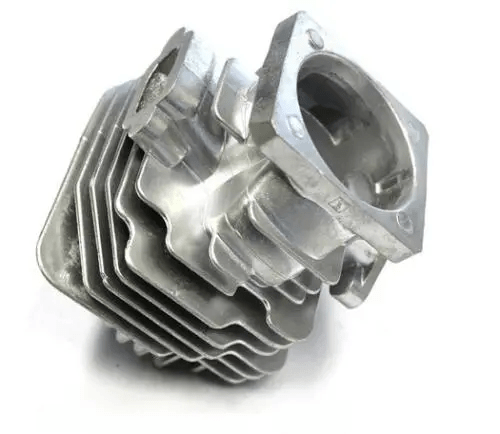
Key Differences Between Hot and Cold Chamber Die Casting
The key differences between hot and cold chamber die casting lie in their process mechanisms, materials used, and the types of parts they are best suited for. Here are the main distinctions:
| Aspect | Hot Chamber Die Casting | Cold Chamber Die Casting |
| Process Mechanism | Integrated melting pot within the casting machine; injection mechanism submerged directly into molten metal | Molten metal poured into a separate chamber or shot sleeve before injection; injection mechanism remains outside of molten metal |
| Materials Used | Low melting point alloys such as zinc, magnesium, and certain lead-based alloys | High melting point alloys such as aluminum, copper, and certain aluminum-magnesium alloys |
| Production Speed | Faster cycle times due to rapid injection process | Longer cycle times due to additional step of transferring molten metal; slower injection process |
| Part Complexity and Size | Better suited for smaller and less complex parts | Capable of handling larger and more intricate parts |
| Maintenance and Costs | Potential for higher maintenance costs due to constant exposure to molten metal | Higher initial setup costs, but potentially more cost-effective in the long run; lower maintenance costs and longer tool life for high melting point materials |
| Porosity and Surface Finish | Reduced porosity and better surface finishes | May have increased porosity in parts; surface finish can be controlled through process optimization and tooling design |
This table provides a clear comparison of the main differences between hot and cold chamber die casting, helping manufacturers make informed decisions based on their specific production needs and material requirements.
How to Choose the Right Process?
Choosing the right die casting process involves considering several key factors to ensure optimal production efficiency, cost-effectiveness, and quality of the final product. Here’s a step-by-step guide on how to choose the right process:
- Material Requirements:
Determine the type of alloy needed for your application. If your project requires low melting point alloys such as zinc or magnesium, hot chamber die casting may be the preferred choice. Conversely, if high melting point alloys like aluminum or copper are required, cold chamber die casting would be more suitable.
- Production Volume and Speed:
Evaluate your production volume and speed requirements. Hot chamber die casting offers faster cycle times and is ideal for high-volume production due to its rapid injection process. If you need to produce large quantities of parts quickly, hot chamber die casting may be the better option. However, if production volume is lower and cycle time is less critical, cold chamber die casting may still be a viable choice.
- Part Complexity and Size:
Assess the size and intricacy of the parts being produced. Hot chamber die casting is typically better suited for smaller and less complex parts due to its rapid injection process. If your project involves larger or more intricate parts, cold chamber die casting may be more appropriate as it can accommodate larger molds and more complex geometries.
- Cost Constraints:
Consider the overall cost implications of each process, including initial setup costs, maintenance costs, and operational expenses. While hot chamber die casting may offer faster cycle times, it may incur higher maintenance costs due to constant exposure to molten metal. On the other hand, cold chamber die casting may have higher initial setup costs but could be more cost-effective in the long run, especially for high melting point materials with lower maintenance requirements.
- Quality and Precision Needs:
Evaluate the required surface finish, dimensional accuracy, and mechanical properties of the final parts. Hot chamber die casting may offer better surface finishes due to reduced porosity, making it suitable for applications where aesthetics are important. However, cold chamber die casting can produce parts with higher mechanical properties and dimensional accuracy, making it suitable for applications requiring tight tolerances and structural integrity.
By carefully considering these factors, manufacturers can make an informed decision on whether hot or cold chamber die casting is the right process for their specific application. It’s essential to weigh the advantages and disadvantages of each method against your project requirements to ensure optimal results in terms of production efficiency, cost-effectiveness, and part quality.
Conclusion
Both hot and cold chamber die casting offer efficient methods for producing complex metal parts. Carefully consider the type of metal, desired part quality, production volume, and budget to make the best choice for your specific needs. Consulting with a die casting expert can also be highly beneficial in navigating the process selection and achieving optimal results for your project. JTR Machinery is pleased to serve your consultation.


